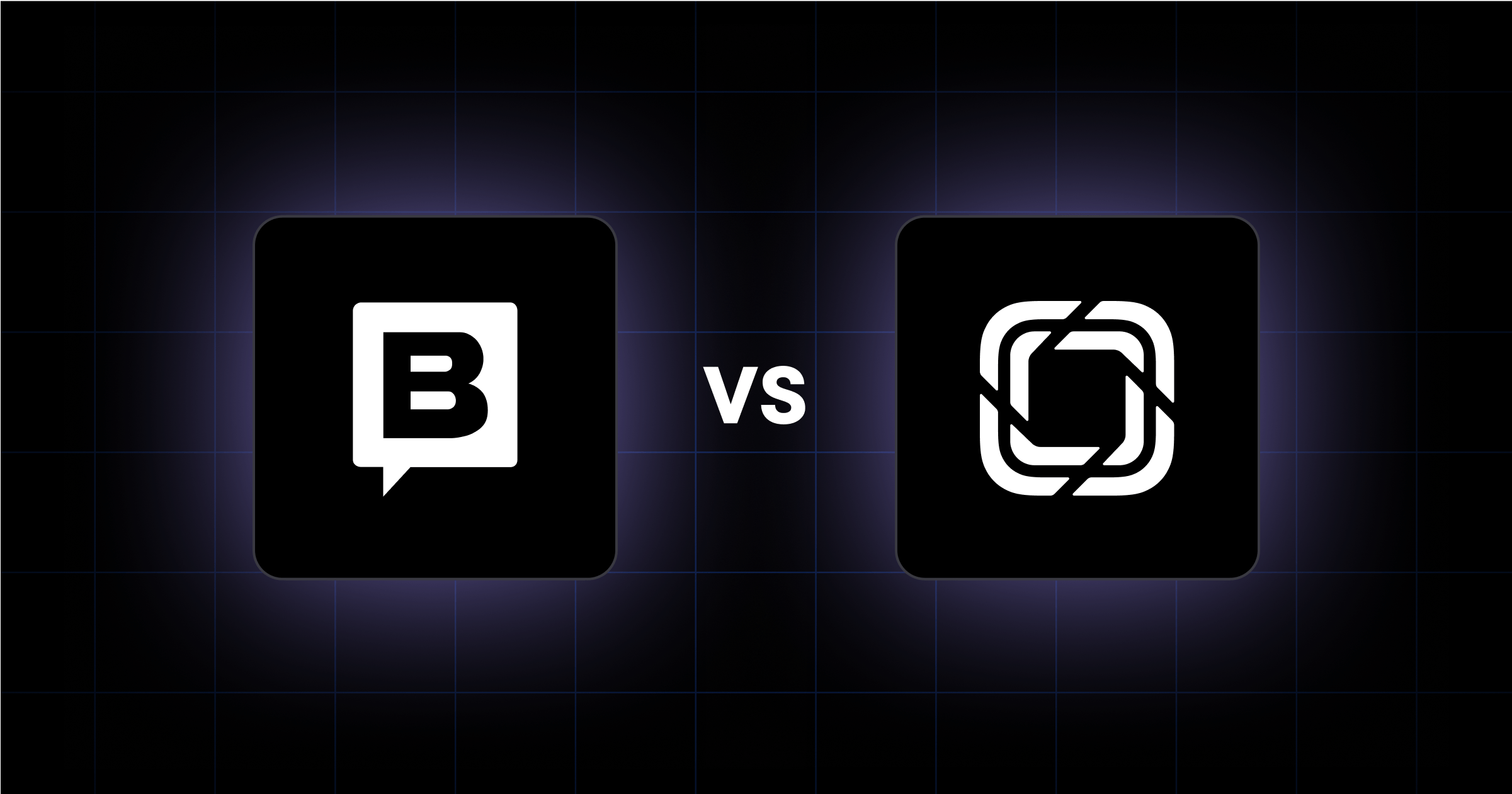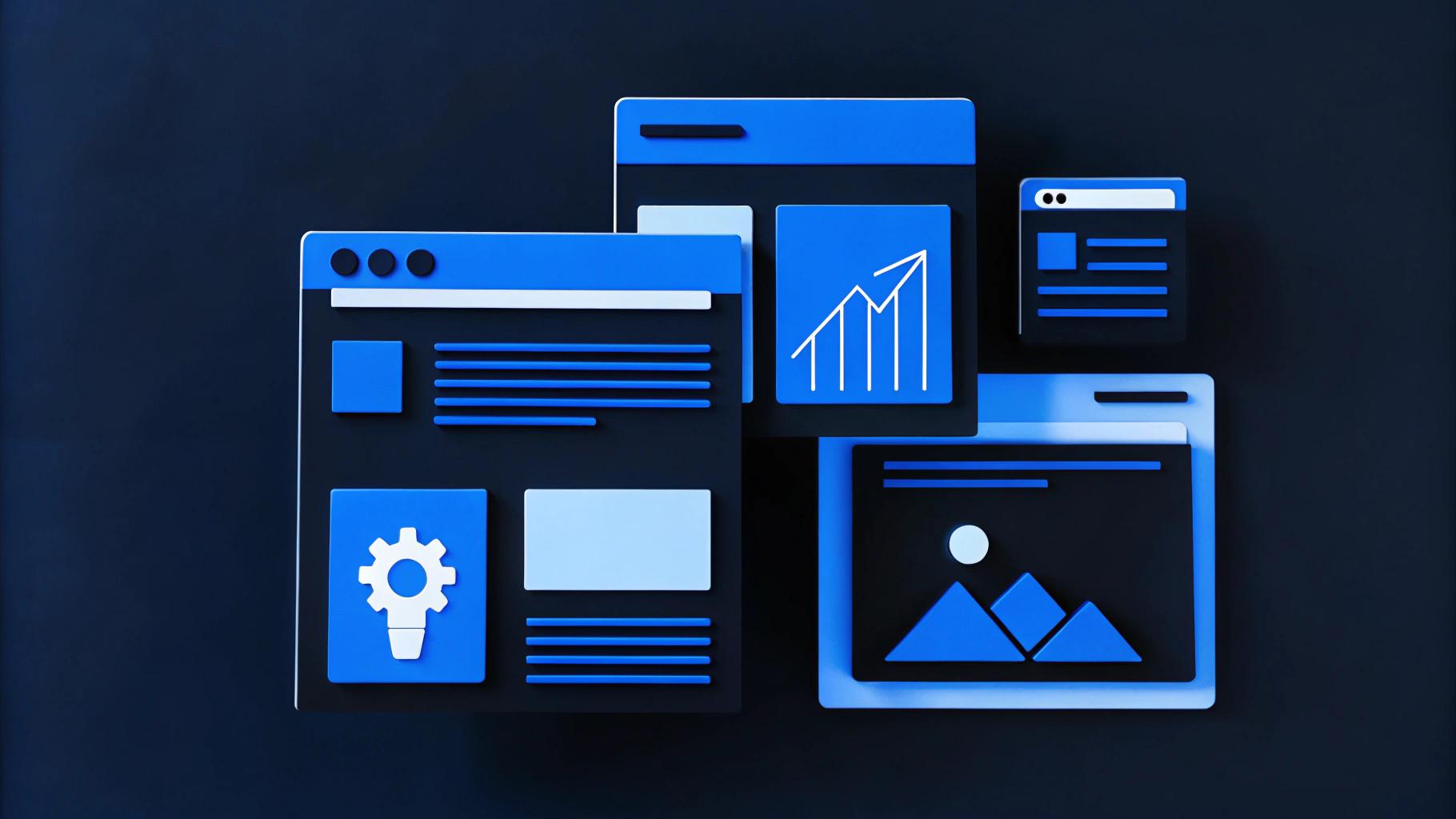Redesigning your website is one of the steps to remaining competitive, especially for companies looking to enhance their online presence. However, knowing how to redesign a website on a tight budget can make this challenge manageable for those with financial restraints.
If you are a marketing manager or business owner in the fintech or SaaS sector, understanding affordable redesign strategies and insights into fintech website transformation is useful. This guide provides cost-effective strategies and key elements to maximize your investment.
In brief:
- Learn effective strategies to redesign your website without overspending.
- Focus on key areas that offer the most impact for your investment.
- Leverage templates, phased approaches, and freelancers to optimize costs.
- Explore options like DIY builders and optimizing existing assets for affordability.

3 Strategies for Redesigning a Website on a Budget
When redesigning a website with limited funds, you need to know how to balance cost and functionality. Understanding the cost of a SaaS website can help you allocate your budget effectively during the redesign process.
1. Use Affordable Methods
You can save time and money by using pre-built templates and themes. Platforms offering customizable templates suited for various industries, such as those outlined in medtech website redesign practices, allow a professional look without high costs. Handling simple tasks in-house, like updating content and making basic design changes, can also reduce expenses. Use free or affordable SEO and analytics tools to optimize your website within budget.
2. Identify Key Focus Areas
Concentrate on aspects that will have the most immediate impact. Prioritize mobile responsiveness and site speed improvements to greatly enhance user experience and engagement. Audit your site to find critical updates that support your business goals, like improving navigation and refreshing content. These improvements increase usability and align your site with modern web standards.
3. Focus on Essential Updates and Features
Prioritize updates and features that are vital for functionality. Emphasize core business functions, responsive design, and creating high-converting landing page elements. Reuse existing content to make sure it is of high quality. Choose an affordable and robust content management system (CMS) that offers many plugins to extend capabilities, considering options like headless vs traditional CMS.
4 Key Areas to Focus on in a Budget-Friendly Website Redesign
Concentrating on certain areas during a budget-friendly redesign can lead to effective changes without overspending.
1. Responsive Design
Make sure your website adapts to different screen sizes to provide a smooth user experience on mobile and desktop devices. Utilizing a responsive design checklist can help in achieving this. This enhances accessibility and usability, and simplifies maintenance, making it a cost-effective solution. According to Statista, mobile devices accounted for over 50% of global website traffic, highlighting the importance of mobile responsiveness.
2. Existing Content
Review your content to find material that can be repurposed or optimized. Update outdated information and improve navigation to enhance user experience. Focusing on existing assets saves time and resources while maintaining your brand message.
3. Cost-Effective CMS Platform
Select a CMS that offers free and low-cost themes and plugins, providing functionality and scalability without high costs. Comparing headless vs traditional CMS options can help in selecting a platform that best fits your budget and technical requirements. Using a CMS simplifies management and content updates, allowing you to adapt to future needs.
4. Manage Redesign Tasks Internally
Handle certain redesign tasks within your team to reduce expenses. Tasks like content updates, basic image editing, and simple layout adjustments can often be managed internally. Using templates for simple redesigns streamlines the process and minimizes costs. With careful planning and execution, achieving a significant redesign while staying within budget is possible.

Using Templates and Pre-Built Elements
Templates and pre-built elements provide a cost-effective way to achieve a professional look without the expense of custom design.
Templates can greatly reduce design and development costs. With pre-built templates, you have access to a professional design that's easy to implement. High-quality themes are often available for under $100, making them affordable for businesses wanting to update their digital presence. Templates usually come with built-in responsiveness, improving user experience across all devices.
Customizing templates can make your website more aligned with your brand identity. Modify colors, fonts, and images to reflect your style, making the template feel personalized. Implementing minimalist landing page design principles can help maintain a clean and cohesive look during customization. This maintains brand consistency without high custom design costs. Platforms offering customizable options can be tailored to your brand's look.
How to Phase the Redesign Over Time
Breaking the redesign into phases can help manage costs and resources effectively.
Use a Phased Approach
Start by focusing on core components like the homepage and key service pages. Prioritizing these vital parts sets a foundation for future improvements and alignment with your business goals through strategic web design principles. A modular development strategy allows you to add features incrementally as your budget and needs evolve. Platforms offering customizable themes support staged implementation, allowing for flexibility and control. Engaging professional web design services can be integrated into your phased approach to provide high-quality design improvements over time.
Plan for Continuous Improvements
A phased approach involves planning for ongoing improvements. Choose a flexible CMS to make sure that the updates and new features can be added smoothly over time. This allows you to respond to user feedback and evolving business needs without large expenses. Regularly review your site to identify areas for enhancement, aligning with your strategic goals and user expectations. With careful planning, you can achieve a cost-effective redesign that grows with your business.

Using Freelancers for Specific Tasks
Hiring freelancers can be a strategic choice for budget-friendly redesigns, providing quality work at a fraction of the cost of full-service agencies.
Consider Freelancer Benefits
Freelancers allow you to scale your team according to project needs without long-term contracts. This flexibility is valuable for tasks requiring specialized skills. Freelancers can bring fresh perspectives and solutions, helping you manage expenses and allocate resources efficiently. Alternatively, exploring options like the Webstacks subscription model can provide comprehensive web development solutions that are budget-friendly.
Identify Tasks Suitable for Freelancers
Certain tasks are well-suited for freelancers:
- Logo Design and Custom Graphics: Benefit from a freelancer's creative skills for unique visuals.
- Complex Functionality Development: Freelance developers can handle advanced features that might be expensive with an agency.
- Content Writing and Basic SEO Optimization: Routine tasks ideal for freelancers, allowing you to focus your budget on more complex aspects.
Optimizing Existing Website Assets
Improving your current website assets is important for enhancing user experience and search engine performance.
- Enhancing site speed helps retain visitors and improves SEO. Compress images and minify code to reduce loading times.
- Use browser caching to allow repeat visitors faster loading by storing webpage elements locally. Adopting performant web development practices can significantly improve your site speed and performance on a budget. Following best practices to optimize website performance can greatly enhance user experience and search engine rankings.
- Make sure your site is mobile-friendly. Responsive design caters to different devices and screen sizes, which is essential as mobile traffic increases. Consider using a platform that offers scalability and optimization tools.
- Rather than creating new content, focus on updating and reusing existing material. Update outdated information, correct typos, and improve readability with better formatting.
- Refresh images and improve navigation. Stock photo sites offer high-quality visuals without high costs. Optimizing your current content saves costs and retains SEO value. This approach keeps your website engaging and informative.
Consider DIY Website Builders
If you have a limited budget, DIY website builders offer affordable solutions.
Some builders are known for user-friendly interfaces and attractive templates, ideal for simple projects. Others offer more flexibility and scalability, useful for future site expansion. Assess platforms that match your design needs and technical abilities, and consider different website pricing options to ensure they fit within your budget. Consider platforms like Webflow for SaaS, which offer SaaS-friendly features for cost-effective redesigns.
Think about your budget, available time, and technical skills before starting a DIY project. DIY builders give you control over design but require you to learn and keep up with design trends. If your requirements are simple and you prefer hands-on control, a DIY approach may suit you. For complex needs, consider professional help to result effective optimization.
Taking the First Step Toward an Affordable Redesign
Redesigning your website on a budget is a challenging but achievable goal with the right strategies. Using cost-effective methods, focusing on key areas, and optimizing existing assets, you can modernize your web presence without overspending.




